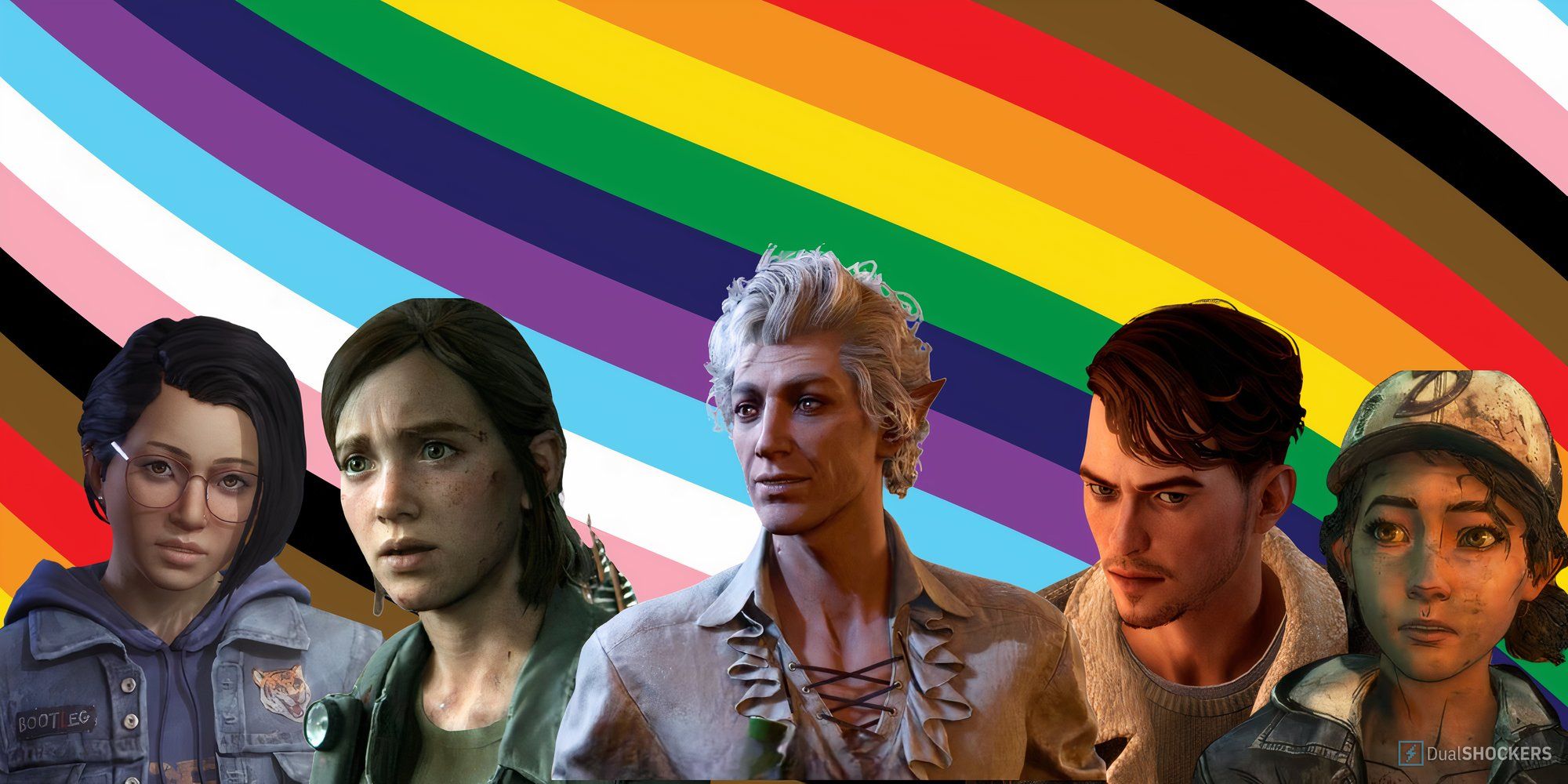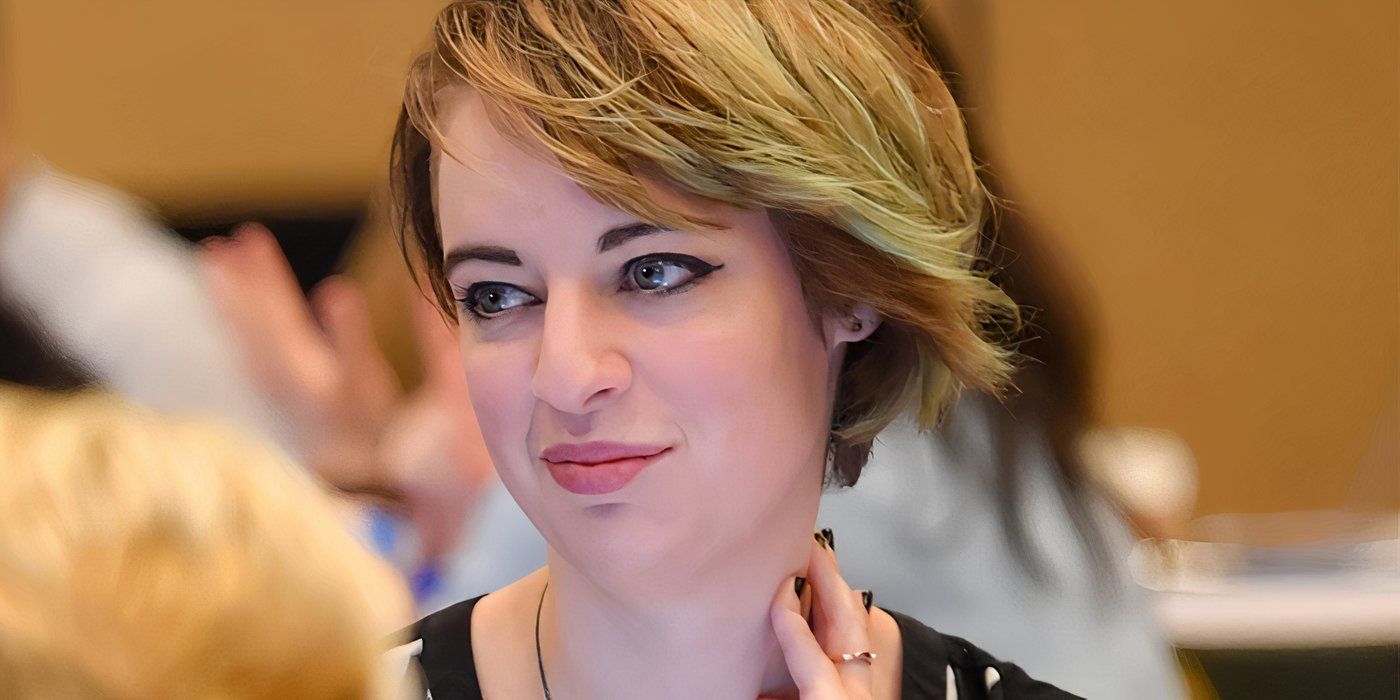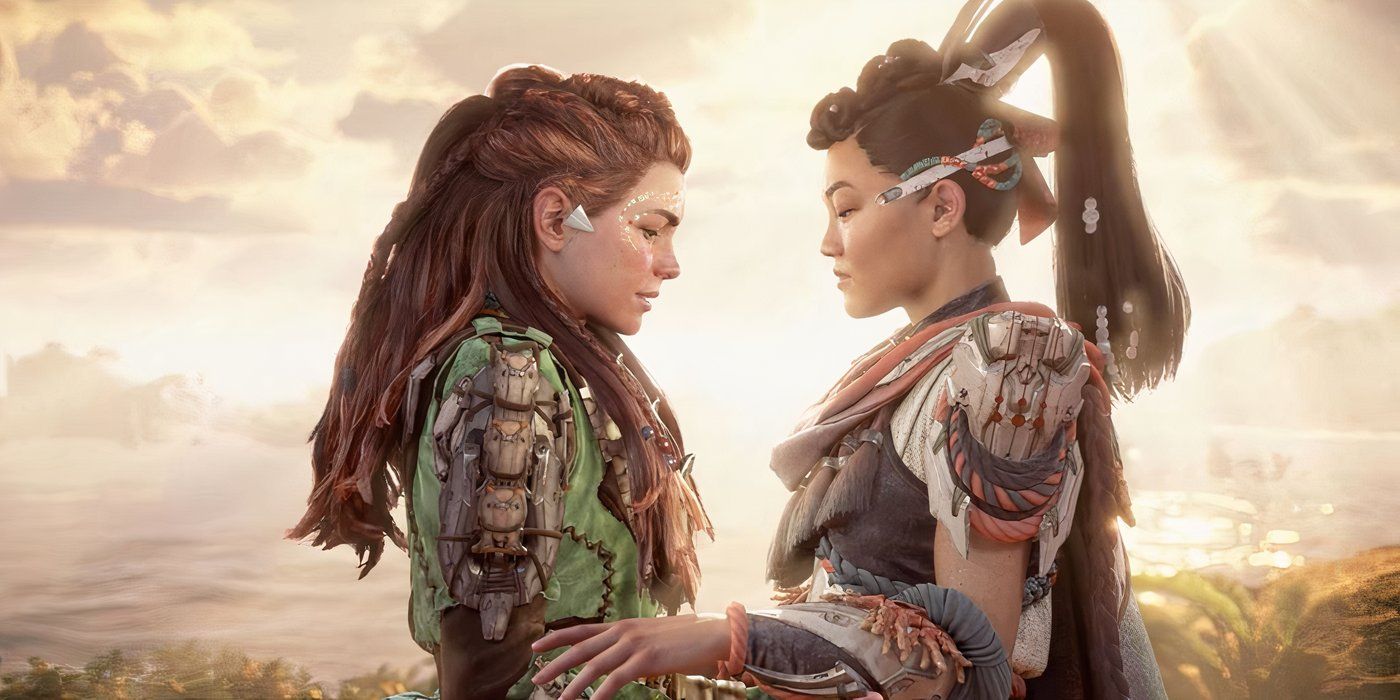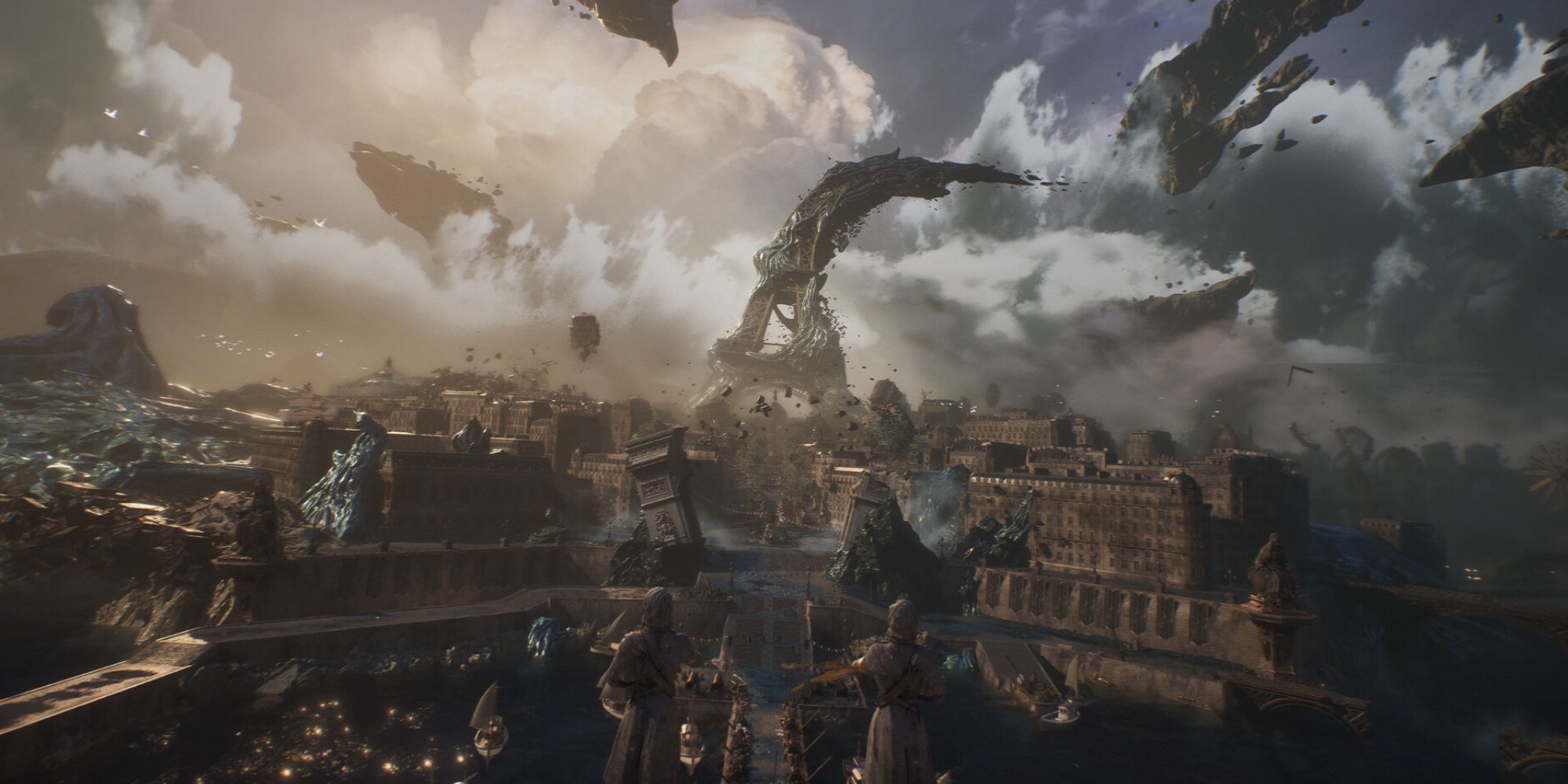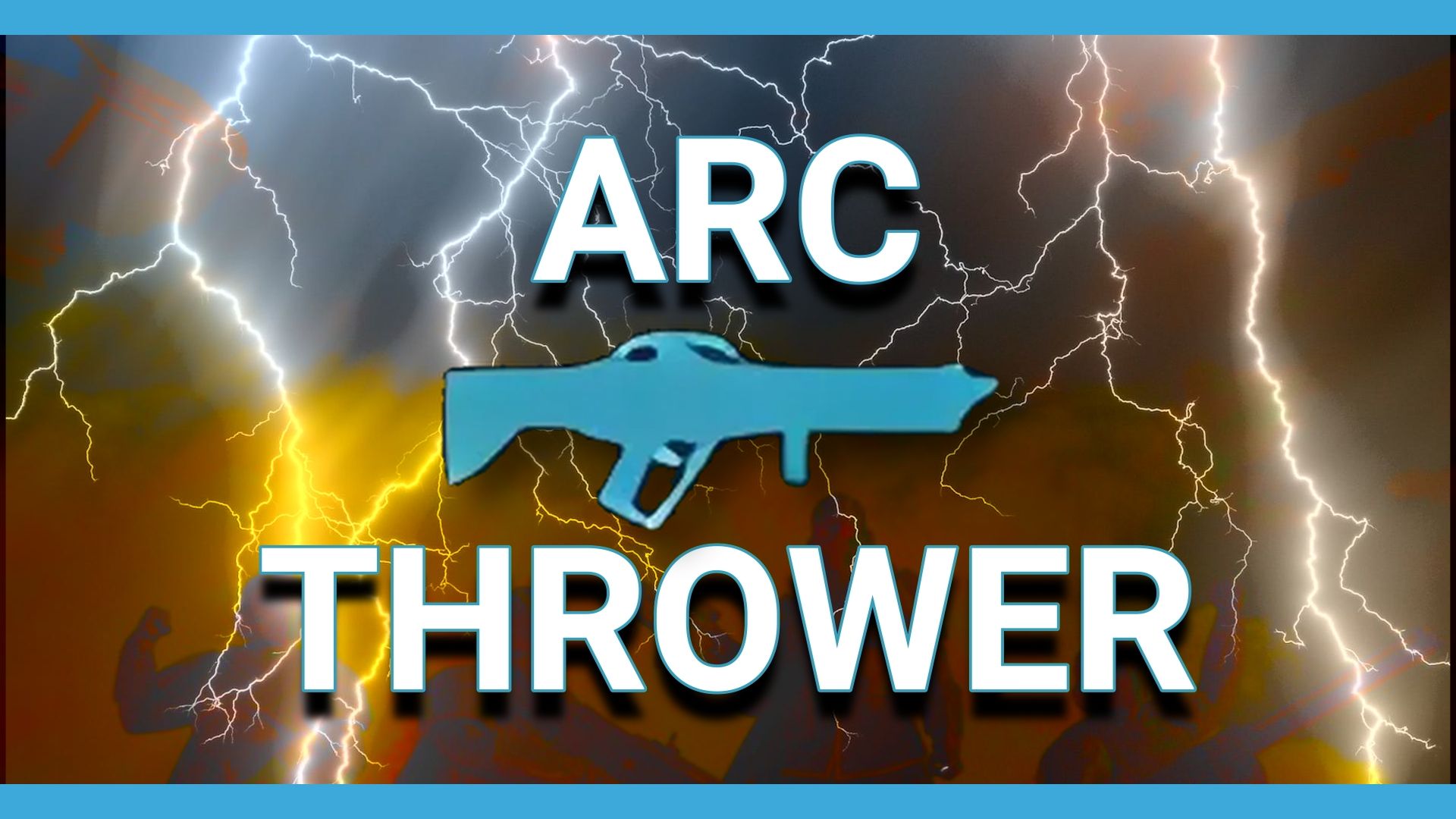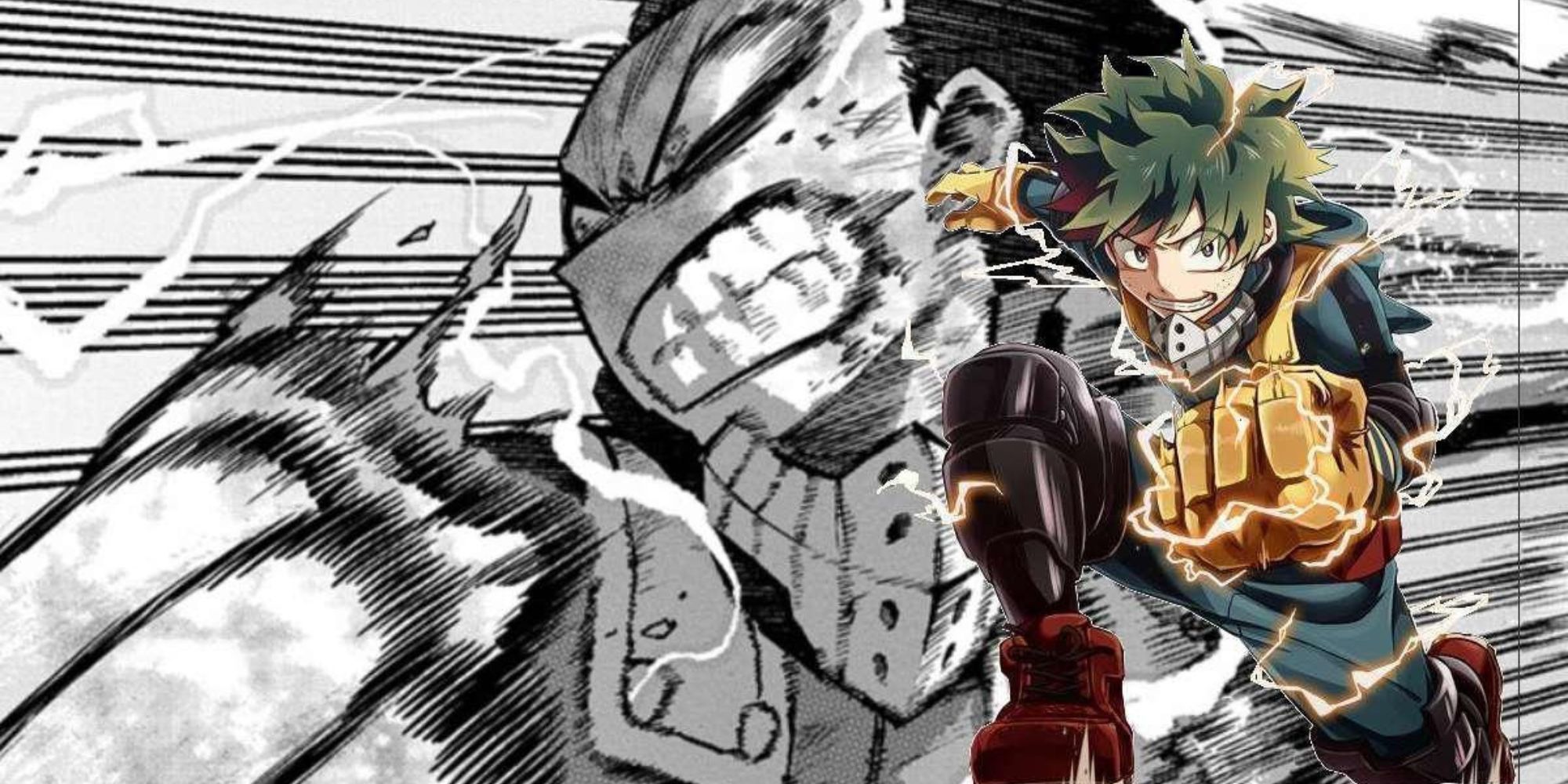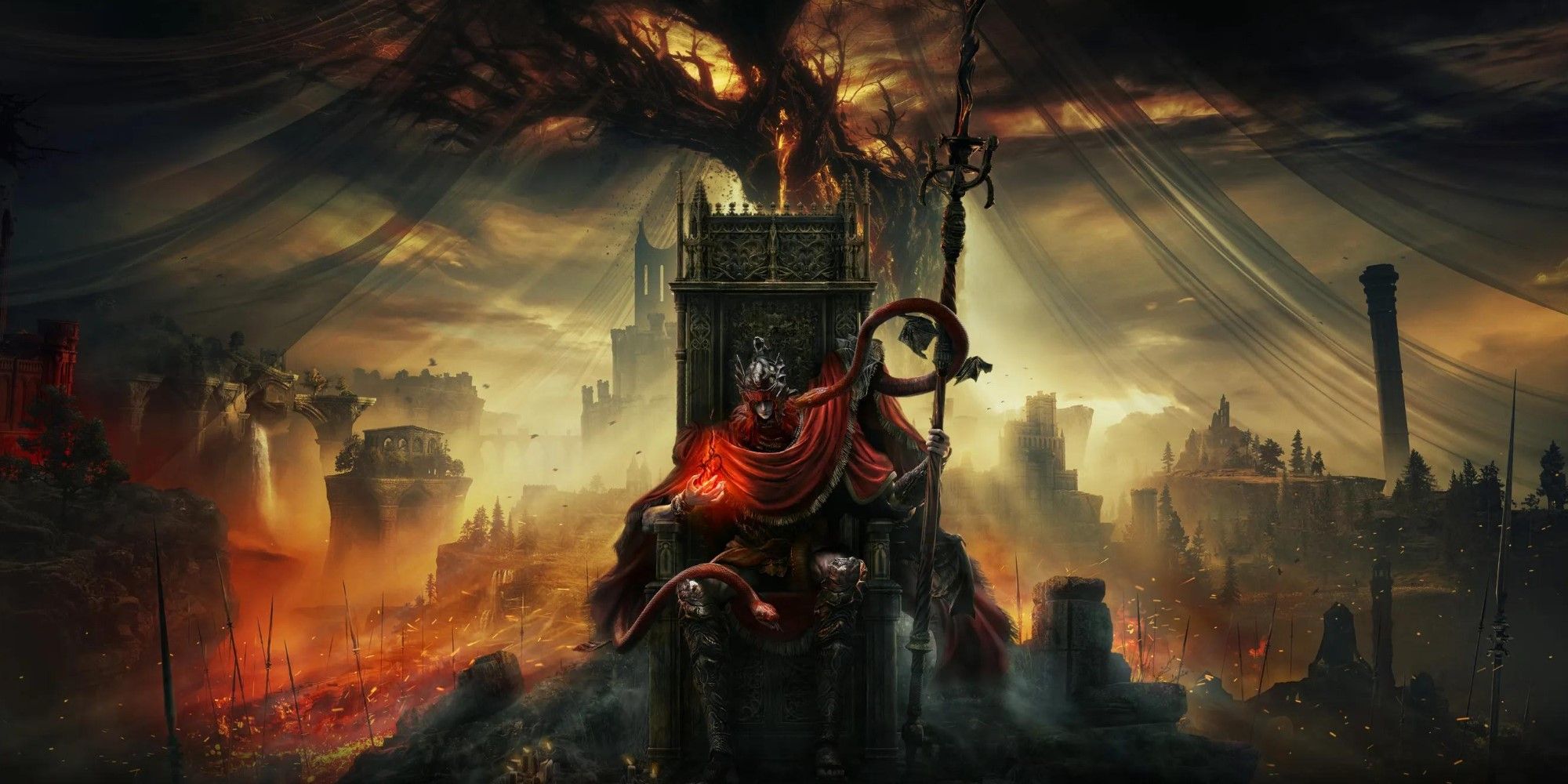Highlights
- LGBTQ gamers still don’t feel seen in the gaming industry.
- Insomniac associate narrative director Mary Kenney emphasizes the importance of designing games that make players feel accepted and important.
- The gaming industry has a long way to go in terms of queer representation, despite the significant number of LGBTQ+ players.
It can be easy to feel shunned when it comes to queer representation within gaming. Not only do LGBTQ people put up with endless derogatory, homophobic, and transphobic comments littered around every grimy corner of social media whenever a queer character crops up in a game, but a recent report showcases just how little this group is represented in the medium.
Things have changed significantly, the tides have turned, and developers are including fleshed-out and interesting queer characters in their games. Still, it hasn’t been enough. According to GLAAD’s recent study, more players than ever identify as gay, bisexual, queer, or transgender, and yet, only 2 percent of games on major consoles and PCs include queer characters.
Mary Kenney, an associate narrative director at Insomniac Games, opened up to me to give her opinion on the “heartbreaking” state of LGBTQ representation amid GLAAD’s report.
17:52
Birdo Is One Of Gaming’s Most Complicated Characters | Gaming Lit 101
Trans people aren’t going away, no matter how many people break down over Starfield asking them to choose their pronouns.
LGBTQ Gamers Don’t Feel Seen
Kenney, who started her career as a journalist, has written for some of the industry’s most popular video games. From Marvel’s Spider-Man: Miles Morales and Batman: The Enemy Within to The Walking Dead: The Final Season and the upcoming Marvel’s Wolverine. Kenney has helped construct some of gaming’s most diverse characters, like Clementine and Violet from Telltale’s The Walking Dead, but freely admits that more needs to be done in game development to make LGBTQ people feel like they are an important part of video game structure now and also its future.
In a moment of reflection, Kenney credits the late great Danielle Bunten Berry, a trans woman and pioneer game developer who created one of the first successful multiplayer games on the Atari platform, M.U.L.E., Kenney says that Berry’s influence on the game industry was a powerful presence as she often “spoke about video games as a means to create connection” due to her unwavering advocacy for online community spirit. “In the decades since, this has proven true in fan communities, conventions, and multiplayer games,” says Kenney.
Delving into GLAAD’s latest report, Kenney offers up two important insights. While one is a positive and welcoming outlook as often the LGBTQ community wants to seek out safe spaces so they can feel accepted, the other is extremely worrying and disheartening. “The GLAAD report tells us something key – games are a way for LGBTQ people to socialize. But it also tells us something heartbreaking: that LGBTQ gamers don’t feel that developers are thinking of them when they design games.”
Thankfully, there hasn’t been a shortage of LGBTQ developers over the years. We have seen incredible talents coming from the minds of people like Maddy Thorson, who created the transgender character, Madeline, in the game Celeste, Cathryn Mataga, a transgender programmer and founder of the independent video game company Junglevision, who worked on X-Men: Reign of Apocalypse as well as Spider-Man 2 and also D.E. Chaudron from Larian Studios, a queer and nonbinary video game developer who worked on Baldur’s Gate 3 – to name only a few.
We Need To Pull Every Lever We Have
Kenney echoes this evidence by saying “There are so many LGBTQ developers, and we want what players want – to design experiences that tell the player we’re here, we’re important, and we belong.” This could become increasingly difficult as we see more and more pitches turned down amid one of the worst years ever for gaming. However, Kenney remains adamant that something has to give way to allow change to happen.
“We need to pull every lever we have,” Kenney says. “Characters, community support, mechanics, to make it so. It’s a subject she’s clearly passionate about, and her insights are thought-provoking.
Even though the gaming industry is touted as the modern entertainment giant and is worth more than film and music combined, it has a long way to go in terms of queer representation. Only 2% of games feature an openly LGBTQ+ character, in comparison with 28% of films released in 2022, and 11% of primetime TV characters in 2022 and 2023. Surely it makes better sense for gaming studios to want to include the queer community into their games due to 1–5 players identifying as LGBTQ+, since, at the very least, the financial pull is there, so what is the issue here?
Although just throwing queer characters into games isn’t what the LGBTQ+ want either. Representing these characters in a meaningful and authentic way through deeply woven stories to really feel understood is what will always be needed, and more than anything, allowing LGBTQ+ people to feel truly seen in the process.
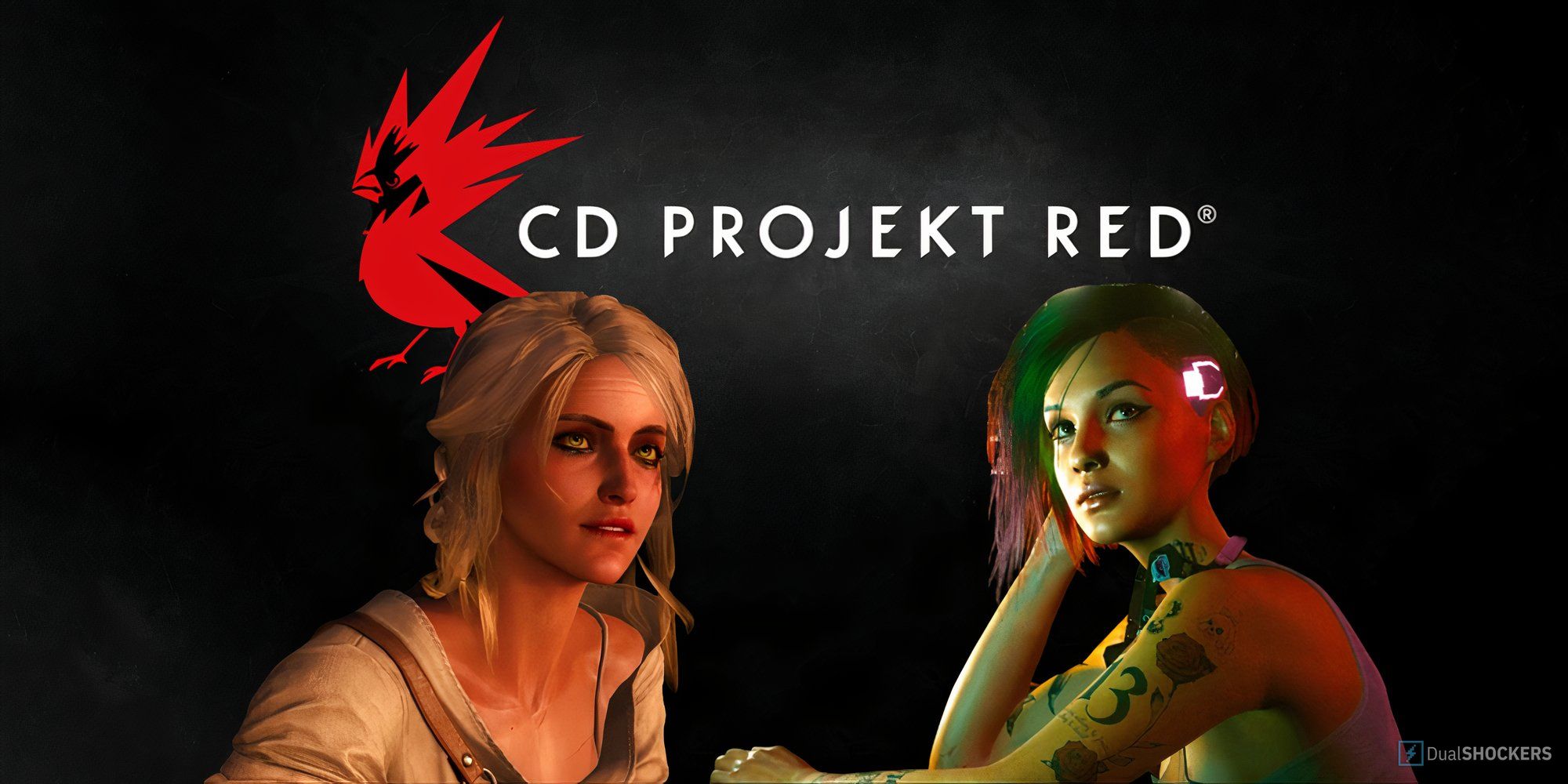
CD Projekt Red Wins Award for Employee Menstrual Leave But Comments Show How Diversity Has A Long Way To Go
CD Projekt Red has come under fire for its Diversity Charter Award for employee menstrual leave causing an outcry from “fans”.

